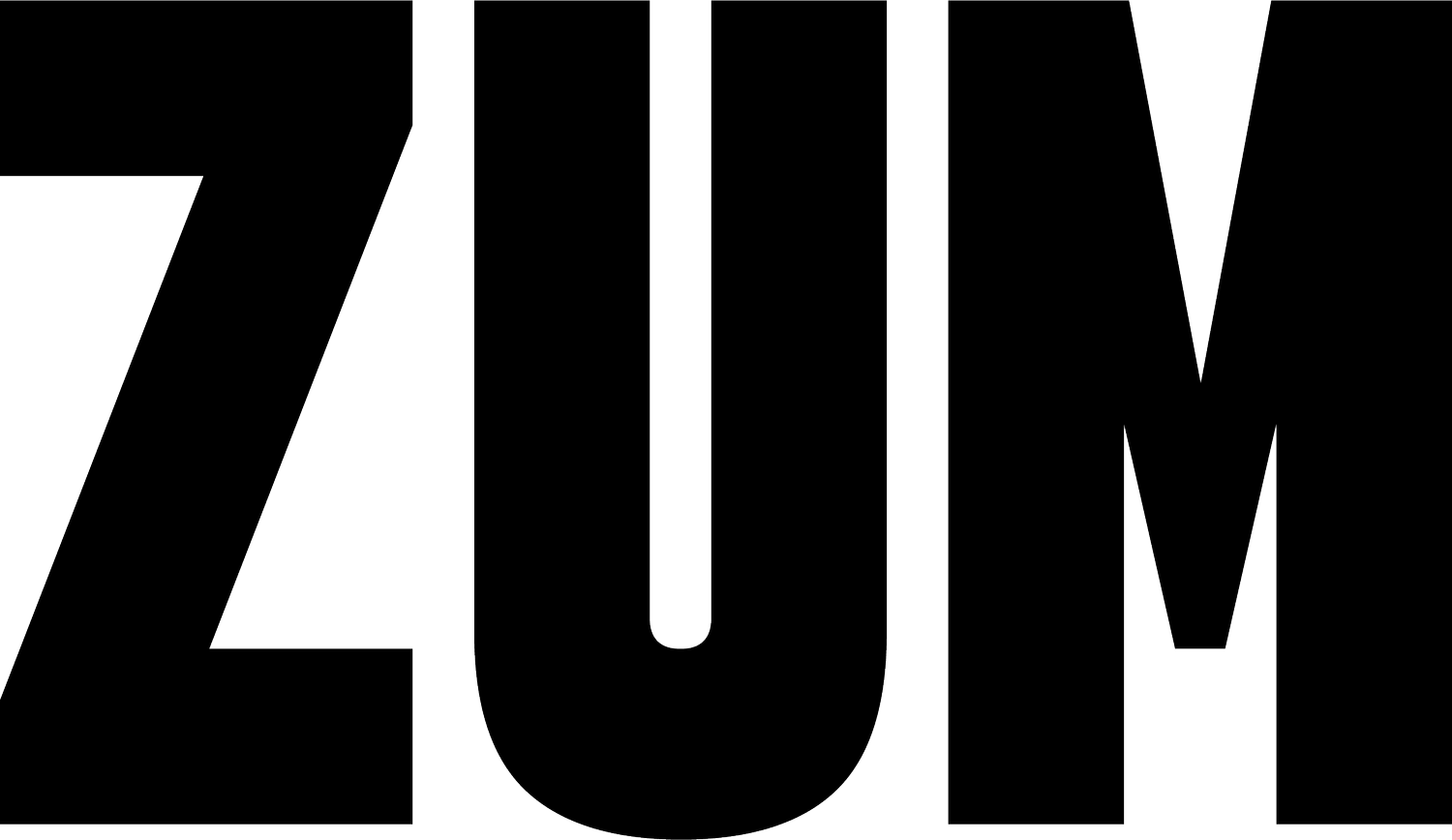The Science Behind Color Matching
Some people have a natural ability to match colors. From picking out their daily outfit to designing an attractive website.
But not all can instinctively know that red compliments green or that green and orange are great accent colors to purple. To help you out, here is an infographic of a simple guide to color harmonies; the science behind color matching!
COOL AND WARM COLORS
Much like nature, the cool colors in the color wheel is meant to give you a sense of calm because we associate those colors with water and grass. The warm colors remind us of the sun and fire; giving us a sense of warmth.
HUE, TINT, TONE, AND SHADE
Hue represents the raw form of a color. When you add white to the hue, it creates what we call a tint. Adding gray will create a tone. Adding black will create a shade.
COMPLEMENTARY COLORS
Complementary colors are any two colors that are on opposite side on the color wheel. Goal of the two colors is to make the other pop!
ANALOGOUS COLORS
Analogous colors are any three colors that are next to each other on the color wheel. Avoid mixing cool with warm colors for best result.
TRIADIC COLORS
Triadic colors are any three colors that are equal distance apart from each other on the color wheel. These combinations are high-contrast and should all complement each other. If you plan to use this color combination, you should lead with one color and have the other two as secondary accents.
SPLIT-COMPLEMENTARY COLORS
Split-Complementary color is when you take one color and compliment it with two other colors that are adjacent to it in the color wheel. This color combination is easier to coordinate than the Triadic color combination because its’ secondary colors aren’t too high of a contrast from each other.
TETRADIC COLORS
Tetradic colors are four colors comprises of two complimentary color matches. Both, one color swatch apart.
SQUARE COLORS
Square colors are four colors comprises of two complimentary color matches. Both equally apart from each other creating a square. Even with this information, color matching can still be a little difficult. But fear not, at colourlovers.com, you can search for millions of pre-made color palettes. Find some of the greatest color combinations that works with your favorite pear green or midnight blue. At paletton.com, you can engineer your own color palette with just a few clicks!


